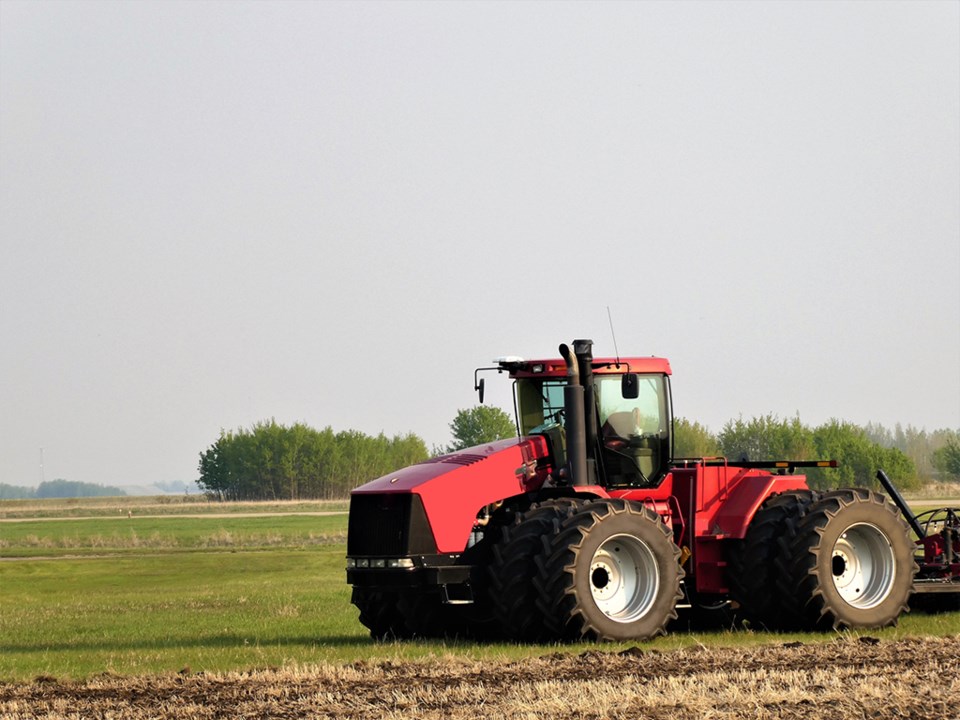UNITY - More producers this past week started their harvest operations, some applied desiccants while others have pulled out their harvesting equipment and machinery and have started to get them ready. Combining of some pulses has begun and producers indicate that this will be general across the region soon. Crop yields are expected to be higher in parts of the region when compared to last year but overall the yield for the region will be average to below average.
There were some spotty showers in the region this past week. Most showers resulted in only a few millimeters of precipitation, but the Macklin area received 61 mm and the Rosthern and Hague areas received up to 35 mm. This rain will help keep crops from burning off in the heat and will be extremely beneficial to pastures. Cropland topsoil moisture is rated as 54 per cent adequate, 38 per cent short and eight per cent very short. Hay and pasture land topsoil moisture is rated as 46 per cent adequate, 42 per cent short and twelve per cent very short.
The majority of crop damage this week was due to heat, wind and dry conditions. There were also reports of localized hail. Pastures are suffering due to hot, dry conditions and some are becoming incapable of supporting cattle, forcing producers to either move them or supplement with hay bales.
Hay yields in the region were less than one ton per acre and this has many producers worried about what they will be feeding to their livestock this winter.. Hay prices have risen in the region as producers scramble to secure feed now before inventory runs out. Some greenfeed fields did not receive enough moisture through the growing season and are too short to be cut for feed.
Farmers are busy desiccating crops and getting ready for harvest or working with Saskatchewan Crop Insurance Corporation (SCIC) to determine which fields are written off and which are harvestable.




